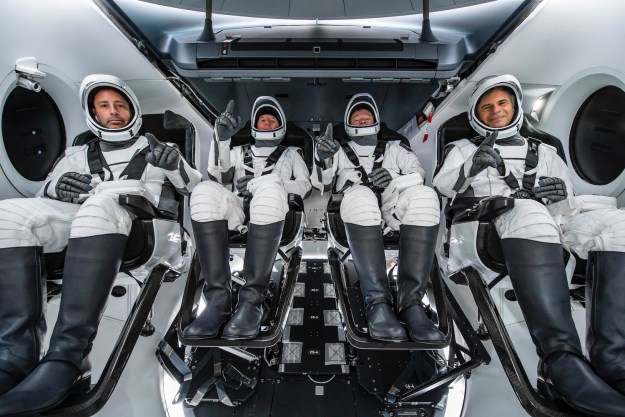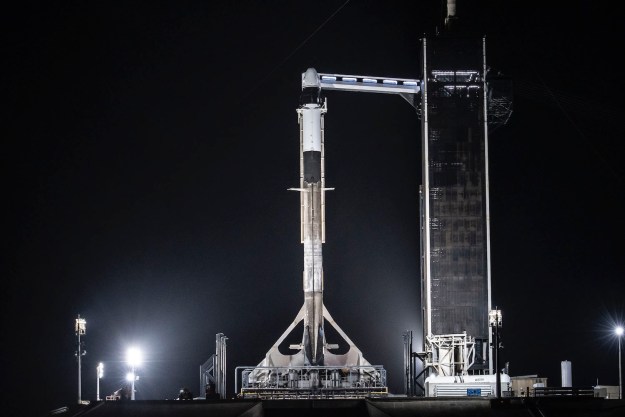Take NASA’s inflatable room. This new type of module is designed to offer extra living and work space for astronauts on long missions.
It’s currently attached to the outside of the International Space Station, and this morning American astronaut Jeffrey Williams was supposed to inflate it to begin a two-year trial to see how the structure copes with various space hazards. Trouble is, it wouldn’t inflate. And no one’s sure why.
As Williams allowed air in through the its valve, the module’s internal pressure increased but it failed to expand at the expected rate.The attempt to transform the habitat from its compact state into a module five times bigger went on for around two hours, even though the entire operation should’ve lasted just half that time.
Realizing that things weren’t going according to plan, NASA engineers back on Earth decided to call it a day, telling Williams, “Thanks for all your patience today, and we’ll hope for better luck tomorrow.”
“That’s space business,” the astronaut replied.
NASA said it’ll provide an update on its efforts to expand the module at noon ET on Friday. You can watch it live here.
The Bigelow Expandable Activity Module, or BEAM for short, is the result of years of collaboration between NASA, which first came up with the idea, and Las Vegas-based Bigelow Aerospace, which took over its development.
The module launched to the ISS aboard a SpaceX Dragon cargo ship on April 8 before being installed a week later on the space station’s Tranquility node.
Expandable habitats like BEAM could one day offer organizers of missions into deep space a more cost effective and efficient way of getting extra floorspace aboard a spacecraft, and could even function as a living area during visits to Mars.
First, researchers need to learn about how the module stands up to hazards such as solar radiation, space debris, and the temperature extremes of space. Of course, they also need to find out how to inflate it.
Editors' Recommendations
- NASA is seeking help to crash the space station at the end of its life
- How to watch SpaceX Crew-4 astronauts launch to ISS
- Check out this cool NASA image of SpaceX Crew-3’s ride home
- NASA’s private Ax-1 crew gets some extra time in space
- NASA still struggling to fuel its Space Launch System rocket


